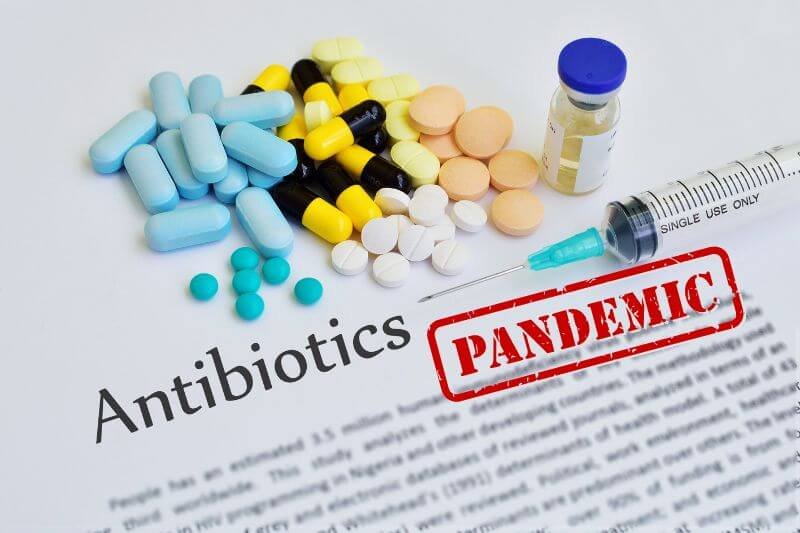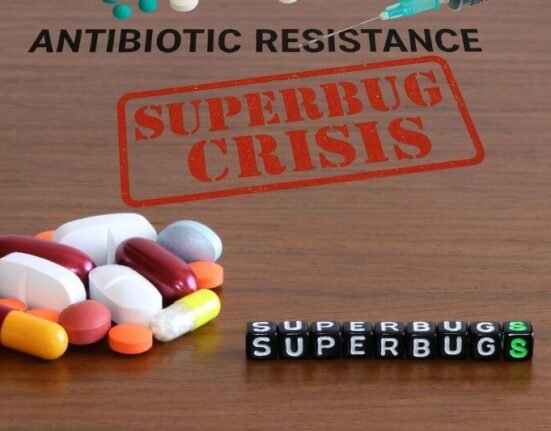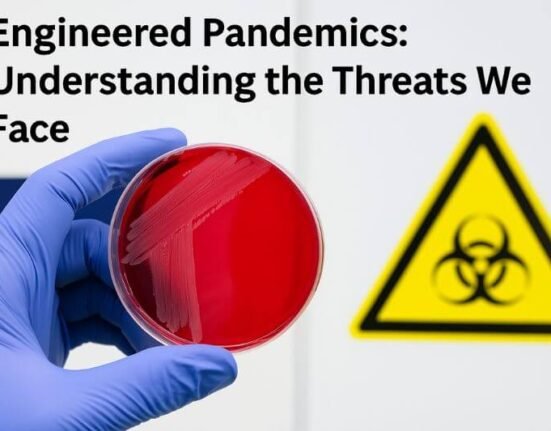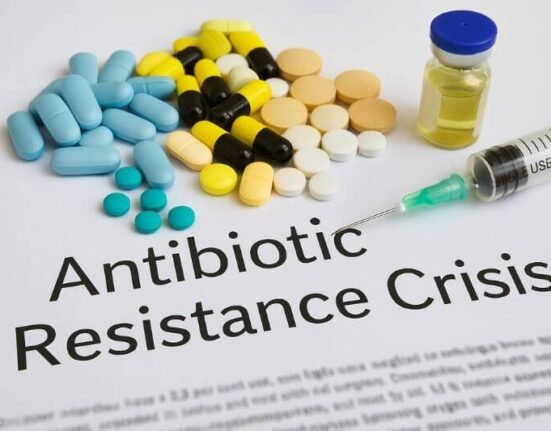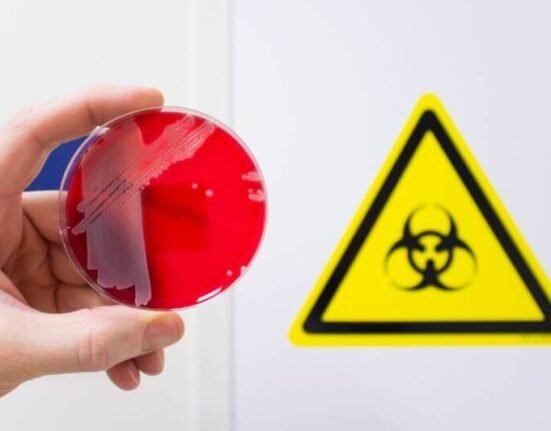A Silent Threat Gaining Momentum
As the world continues to grapple with the lessons of recent pandemics, a new and potentially more devastating threat is growing beneath the surface: antibiotic resistance. Often overlooked in favor of more visible viral outbreaks, the rise of superbugs—bacteria that no longer respond to common antibiotics—is quietly accelerating. Scientists warn that we may already be entering the post-antibiotic era, and that the consequences could be far worse than those seen during COVID-19.
This article investigates the growing antibiotic resistance pandemic, its causes, consequences, and most importantly, how survivalists and communities can prepare for a world where routine infections become deadly once again.
What Is Antibiotic Resistance?
Antibiotic resistance occurs when bacteria evolve to withstand the drugs designed to kill them. The misuse and overuse of antibiotics in both human medicine and agriculture have created ideal conditions for resistant strains to develop and spread.
As these bacteria grow stronger, our existing stockpile of antibiotics becomes less effective. Common treatments for urinary tract infections, pneumonia, strep throat, or wound infections begin to fail. In some cases, even last-resort antibiotics like colistin or carbapenems are no longer effective.
The World Health Organization has identified antibiotic resistance as one of the top ten global public health threats. And yet, many governments and healthcare systems remain underprepared for a large-scale superbug outbreak.
The Global Data: An Emerging Catastrophe
Each year, over 1.2 million people die worldwide due to antibiotic-resistant infections, according to a 2022 study published in The Lancet. In the United States alone, the CDC estimates that more than 2.8 million resistant infections occur annually, leading to tens of thousands of deaths.
These numbers are projected to rise sharply. By 2050, deaths from drug-resistant infections could outnumber those from cancer, reaching 10 million per year globally if current trends continue. The economic toll could exceed $100 trillion, particularly in regions with fragile healthcare systems.
Why Are Superbugs Spreading So Quickly?
Several key factors are contributing to the accelerated rise of drug-resistant infections.
First, antibiotics are frequently prescribed when they are not needed, such as for viral infections like the flu. In some countries, antibiotics are available over the counter without a prescription, further increasing inappropriate usage.
Second, antibiotic use in industrial farming—especially in poultry, beef, and seafood—creates breeding grounds for resistance. Animals are often given low doses of antibiotics to promote growth or prevent disease, leading to resistant bacteria that can jump from livestock to humans.
Third, global travel and trade allow resistant strains to spread across continents with unprecedented speed. An infection acquired in one country can easily arrive in another within hours, carried by travelers, food products, or contaminated water systems.
What Happens in a Post-Antibiotic World?
The phrase “post-antibiotic era” is not a warning—it may be a current reality in parts of the world.
In a world where antibiotics no longer work, routine surgeries, childbirth, and dental procedures could become life-threatening. Minor cuts could develop into untreatable sepsis. Cancer treatments requiring immunosuppression would be significantly riskier. Even conditions like strep throat or bladder infections could become deadly again.
In this environment, hospital settings become high-risk zones. Healthcare workers would need to rely more on isolation, sterilization, and old-world infection control techniques, as drugs fail to offer protection.
From a survivalist perspective, the post-antibiotic world demands a total rethinking of personal health strategy, medical stockpiling, hygiene practices, and emergency medical training.
How to Prepare for an Antibiotic Resistance Pandemic
The rise of superbugs challenges modern assumptions about medicine. It requires individuals and communities to adopt more resilient and preventive approaches to health.
The first step is prevention. Avoiding infection becomes more critical than treating it. Basic hygiene practices—like handwashing, wound cleaning, food safety, and water filtration—must become second nature. These practices may seem trivial but are essential in a world with limited access to effective antibiotics.
Survivalists should also prioritize medical independence. Learning first aid, wound care, and herbal medicine are key components of preparedness. Courses in wilderness medicine or tactical emergency care can offer life-saving knowledge.
Stockpiling antibiotics may seem like a solution, but it comes with caveats. Not all antibiotics work for all infections, and misuse can worsen resistance. However, under the guidance of a medical professional, maintaining a well-labeled and properly stored supply for emergencies may be a viable option. Fish antibiotics, while controversial, have been used by some preppers—but their use should be approached cautiously.
Alternative treatments and immune support also deserve attention. In a post-antibiotic scenario, strengthening the body’s own defenses is critical. Proper nutrition, probiotics, sleep hygiene, and natural remedies like honey, garlic, or echinacea can offer limited support against bacterial infections, though they are no substitute for modern medicine.
On a community level, the establishment of local care circles—where neighbors or families coordinate medical resources and skills—can fill the gap left by institutional collapse. Shared sanitation systems, first aid stations, and quarantine protocols can help contain infection outbreaks in isolated or rural areas.
A Survival Perspective: Lessons from the Pandemic
The COVID-19 pandemic offered a glimpse into what happens when global systems are overwhelmed. But unlike viruses, which can be countered by vaccines, superbugs defy traditional preventive strategies. There is no “antibiotic vaccine.” Once resistance is widespread, we cannot reverse it.
The key survival insight is this: in an antibiotic-resistant future, we are returned to the age before penicillin. Families and communities will once again be responsible for their own health outcomes. Medical decentralization becomes essential.
Modern survival strategies must integrate long-term health resilience, not just food and water storage. This means learning how to manage infections without hospitalization, setting up clean environments for recovery, and knowing when to evacuate an infected individual from a shared space.
What Can Be Done Globally?
While individual action is vital, the larger battle must be fought on a global scale.
Health experts call for massive investment in new antibiotic development, improved diagnostics to prevent unnecessary prescriptions, and stricter regulations on antibiotic use in farming. Education campaigns must raise awareness about the dangers of antibiotic misuse.
International cooperation is critical. Superbugs do not respect borders. Travel regulations, global monitoring systems, and shared research are all part of the long-term solution.
Unfortunately, political will has been weak. Drug companies often find antibiotic development unprofitable due to the limited duration of use and growing regulation. Public-private partnerships may be the only way forward.
The Time to Act Is Now
The antibiotic resistance pandemic is not a distant possibility—it is unfolding right now. While it lacks the visibility of a viral outbreak, its consequences are potentially more enduring and widespread.
In a world where antibiotics no longer work, survival will depend not on access to medicine but on knowledge, hygiene, and preparation. The resilience of your household, your community, and your mindset will be your strongest protection.
Governments may take years to catch up. The question is: will you be ready when modern medicine can no longer save you?









